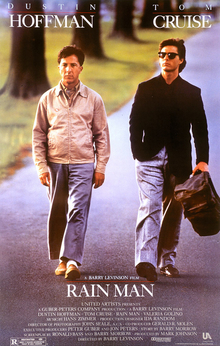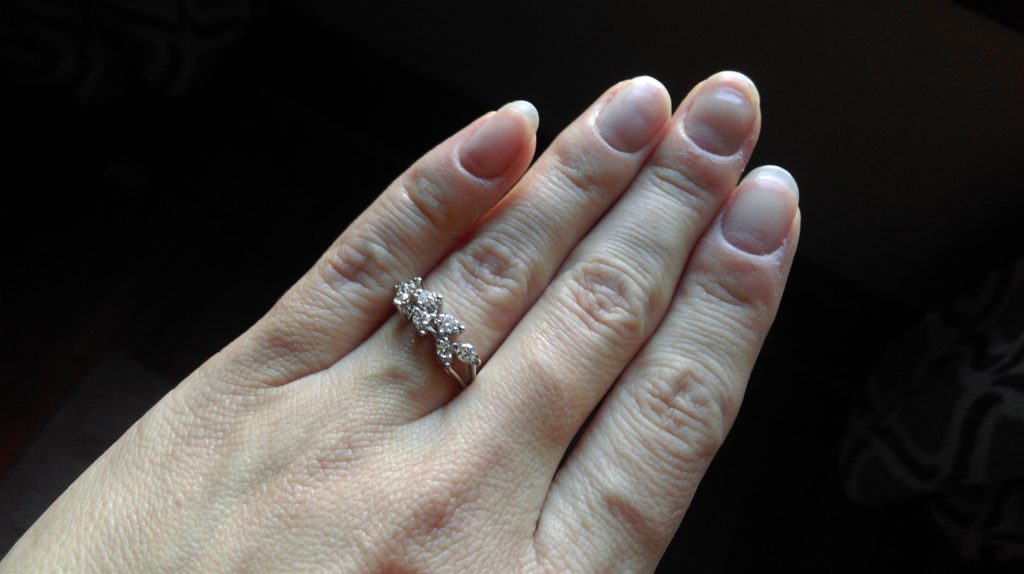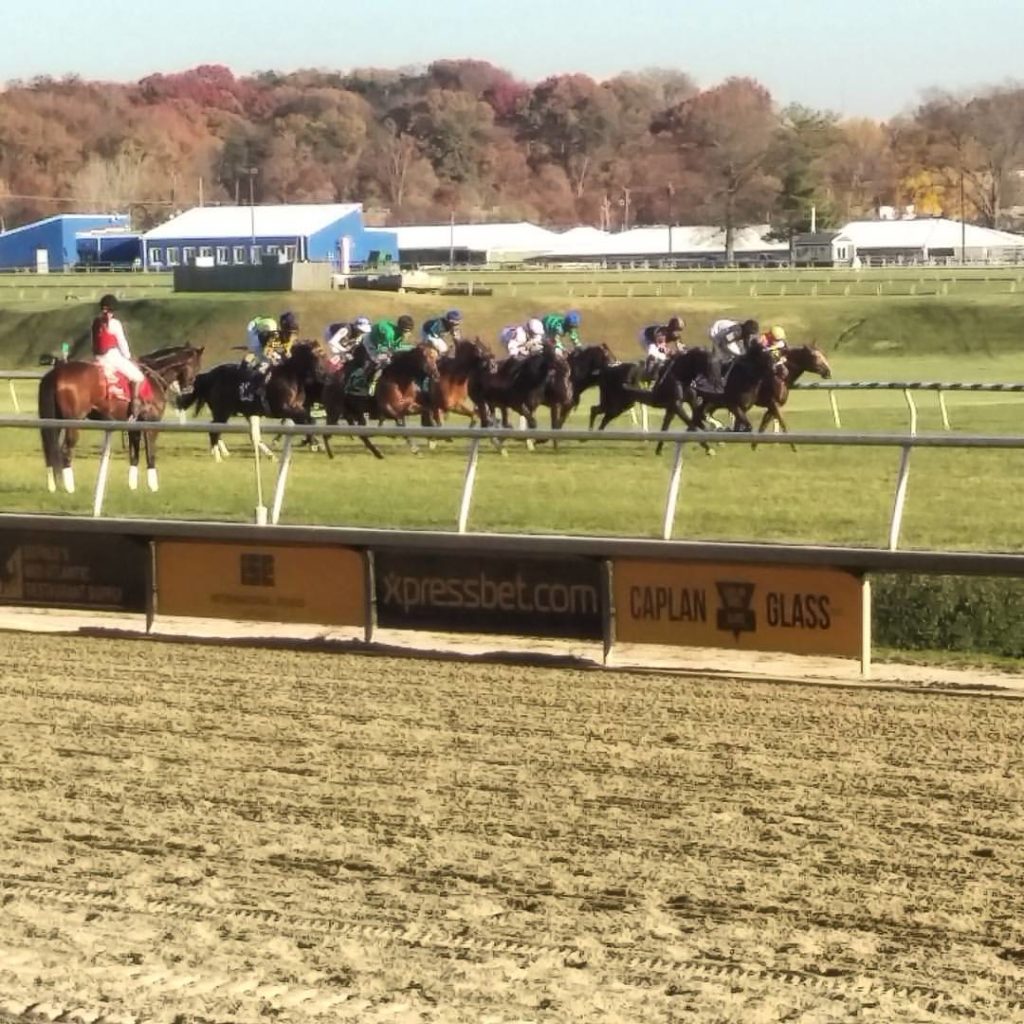Reporters, what story were you working on this week last year that got killed because it became suddenly irrelevant? I wrote an entire story about the politics of the Amtrak Quiet Car, which would have been great except everyone stopped taking trains the very day it was filed.— Maura Judkis (@MauraJudkis) March 1, 2021
Finished an article on @TowsonTigers baseball Director of Analytics Isabelle Pardew and sent to @brandon_weigel and then season was canceled and we all got fucked and now I don’t think of this as a career. Sad I couldn’t get her story published though. https://t.co/GN32KZDh7B— Geoff Shannon (@Geoff_Shannon) March 2, 2021
Though she won’t throw a pitch or take a swing this season, Towson University senior Isabelle Pardew is arguably Tiger baseball’s most important walk-on recruit.
Pardew is entering her second season as Towson’s Director of Analytics, providing the team with weekly and seasonal baseball-specifica mathematical analysis, known as sabermetrics. With her help, the Tigers are edge over their opponents in the 2020 season.
An Applied Mathematics major who’s worked on a variety of data research projects at Towson, Pardew saw an opportunity to lean on her knowledge and background to help the team and improve her analytical skills. Prior to the 2019 season Pardew reached out to the team about possibly helping improve the team’s analytics.
“What separates baseball from other sports is that you can isolate the team and focus on one stat at one time,” says Pardew. “You can break it down to the pitcher and batter, and you can strategize and localize it to a one-on-one matchup.”
Emerging in the 1970s, sabermetric are next level baseball statistics used to scout opponents, improve team performance and provide detailed analysis (‘the name sabermetrics is built on an acronym for the Society of American Baseball Research).
Slow to catch on with the old school ‘eyeball’ test world of baseball coaches and scouts, sabermetrics usage exploded after the release of author Michael Lewis’ book ‘Moneyball,’ which detailed how Oakland Athletics general manager Billy Beane used analytics to turn his cash-strapped team into a perennial playoff contender. Director of Analytics is now a key baseball front office position and their use has played a key part in World Series runs for teams like the New York Yankees, Boston Red Sox and Houston Astros.
Locally, the Baltimore Orioles jumped on the bandwagon in 2018 when they hired MIke Elias, a former scouting director for recent World Series champs Houston, as the team’s new General Manager and Sid Mejdal, the team’s new Vice President and Assistant General Manager. Mejdal in particular is credited with developing Houston’s analytics program.
“People can be either for it or against it,” says Pardew. “There are some who think analytics is replacing the traditional way we look at sports, but it’s not, it’s just complimenting it.”
Eager to find an edge after suffering through consecutive losing seasons, Towson’s baseball coaching staff were open to listening to Pardew’s concepts when she approached them.
“It fell into our laps,” says Tigers interim head coach Miles Miller. “It’s something that we’ve wanted to do better. There were opportunities to improve on our analysis, and most of that is resources based. She reached out to us and said this who I am, I’m interested in baseball.”
Pardew won the coaching staff over quickly, and was given her first assignment heading into spring 2019. The initial big question from the coaching staff was a tough one; what does it take to win the Colonial Athletic Association title and earn an at-large bid to the NCAA Tournament?
For mid-major programs like Towson, the path to the NCAA Division I tournament goes through the conference tournament play. The Tigers last CAA title came in 2013, also the team’s last .500 or above season.
Pardew broke down the conference numbers, studying data points like quality of at bats, pitching history, fielding percentages and other core stats to break down a formula.
Among her findings, Pardew noticed that CAA’s best teams won a minimum 12 conference games. From there, she whittled down the core fielding, batting and pitching numbers that help teams reach that 12-win threshold.
“The baseball team was extremely receptive to the notion of having me on board, and they really listened to my analytic findings, a nice balance of mathematics, figures, and charts so that the team would get a sense of how the findings were developed, but not be overwhelmed with data,” says Pardew. “The coaches and players really welcomed a sabermetrician into the fold with open arms.”
The Tigers’ 2019 season was a work in progress, both on the field and in implementing the analytics. Towson finished 14-39, including 7-17 in the CAA to fall five games short of Pardew’s wins threshold.
The process for data analysis was also ironed out. Each week during the season Director of Player Personnel Eric Franc pulled together the team’s raw data in pitching, batting and defense and sent it to Pardew for analysis. She returned her data with her numbers and notes. The coaches in return presented that information to the players in a way they’re able to retain and implement in practice or on gameday.
“She’s so insightful and curious about the numbers,” says Miles. “She does more than we ask. She challenges us, which is great.”
Pardew will also get out to games when needed, but her work can be done without attending a game.
“We’re the middle men who take what she tells us and gives it to the kids in a language they understand,” Franc says, “Hopefully it will help them achieve those goals and improve those numbers.”
Building on that process, this season Towson picked up a Rapsodo pitch-tracking technology, which measures pitch speed and velocity more accurately. It’ll be another data point for Pardew to work with.
Though the numbers help, the Tigers are off to a tough start in 2020, holding a 2-7 record with series losses to Old Dominion and University of Miami. An upcoming four-game series at the University of Hawaii in mid-March will be a treat, but the real sabermetrics test will come March 27 Towson hosts Delaware in the season’s first CAA series.
Pardew’s work has also opened doors on a professional level. Last summer in Boston she spoke at the Sabermetrics, Scouting and Science of Baseball Seminar and was awarded a scholarship by the organization.
She was also able to turn those opportunities into interviews with several MLB teams, including visiting with the Houston Astros and Toronto Blue Jays.
“It’s really important to have women in baseball,” Pardew says. “Even if you’re not playing, you’re looking at the game and you can strategize the game.”
Fortuitously, Charm City will be the center of the analytics world this summer. SABR’s 50th anniversary convention takes place in Baltimore this summer, July 15-19.
.











